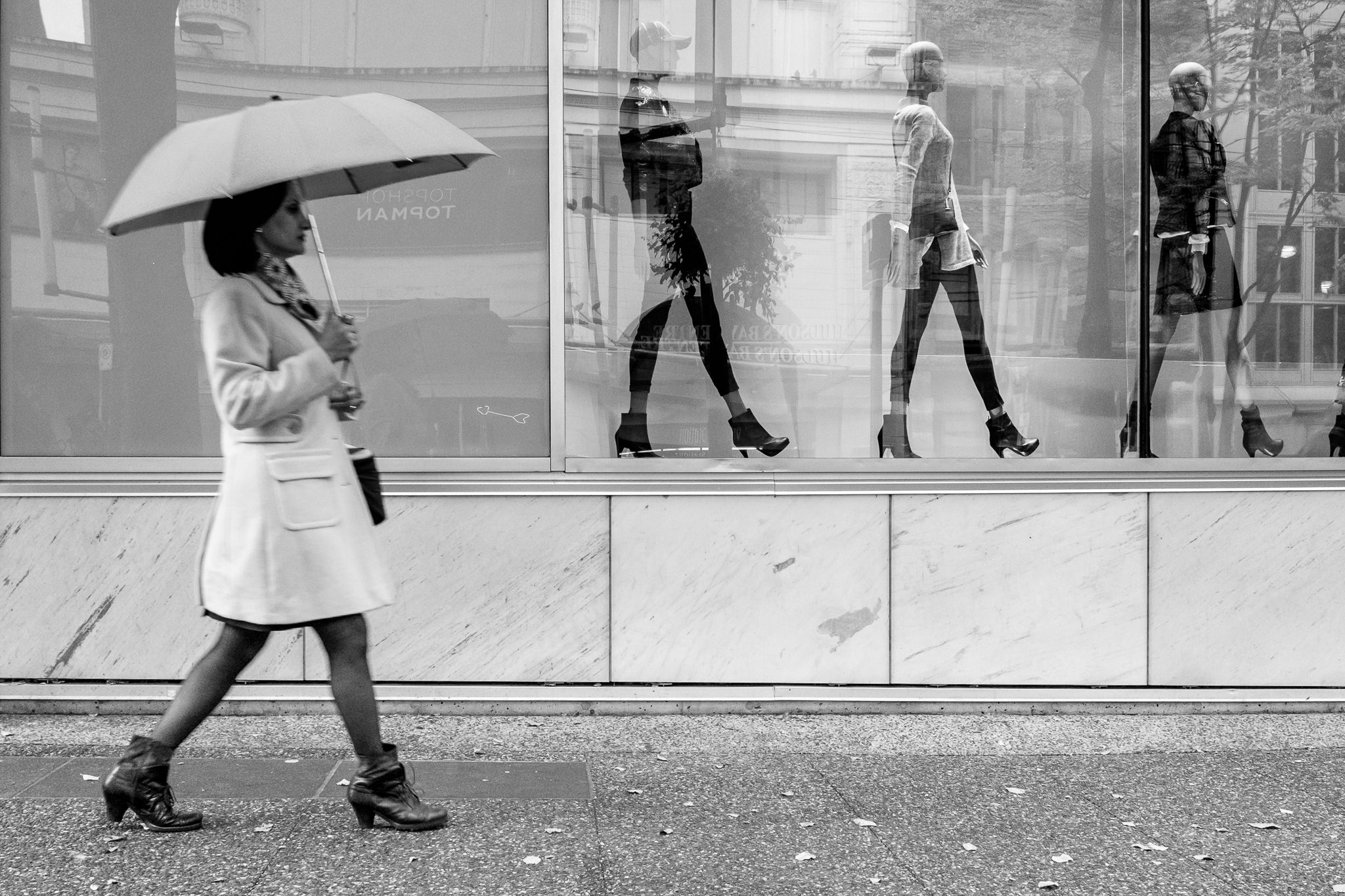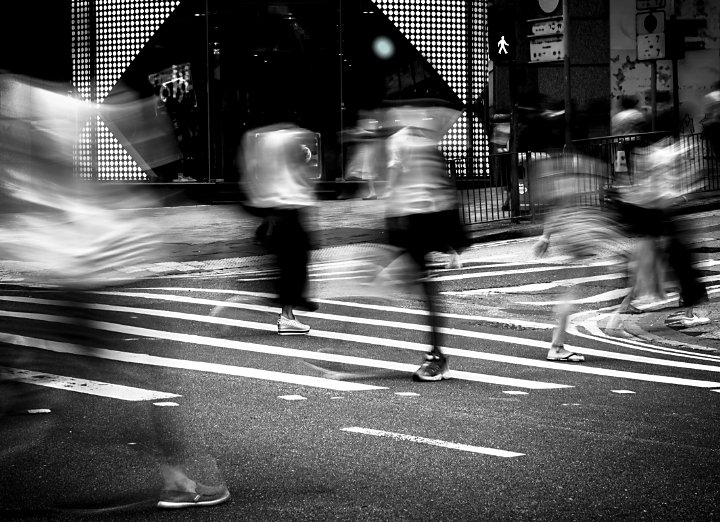Everything about Framing Streets
Fascination About Framing Streets
Table of ContentsThe Main Principles Of Framing Streets 5 Simple Techniques For Framing Streets4 Easy Facts About Framing Streets ExplainedThings about Framing StreetsHow Framing Streets can Save You Time, Stress, and Money.3 Simple Techniques For Framing Streets
Photography genre "Crufts Pet Program 1968" by Tony Ray-Jones Road digital photography (likewise often called candid photography) is digital photography performed for art or questions that features unmediated chance experiences and arbitrary cases within public locations, normally with the objective of recording images at a decisive or emotional minute by cautious framing and timing. 
, that was influenced to take on a comparable documentation of New York City. As the city created, Atget assisted to promote Parisian roads as a worthy topic for photography.

The Basic Principles Of Framing Streets
Between 1946 and 1957 Le Groupe des XV each year displayed job of this kind. websites Andre Kertesz. Circus, Budapest, 19 May 1920 Road photography developed the significant content of two exhibits at the Museum of Modern Art (Mo, MA) in New York curated by Edward Steichen, 5 French Professional Photographers: Brassai; Cartier-Bresson, Doisneau, Ronis, Izis in 1951 to 1952, and Post-war European Photography in 1953, which exported the principle of street photography internationally.

The Ultimate Guide To Framing Streets
, then an educator of young youngsters, linked with Evans in 193839.'s 1958 publication,, was significant; raw and often out of emphasis, Frank's photos examined conventional digital photography of the time, "challenged all the official regulations laid down by Henri Cartier-Bresson and Pedestrian Evans" and "flew in the face of the wholesome pictorialism and heartfelt photojournalism of American publications like LIFE and Time".